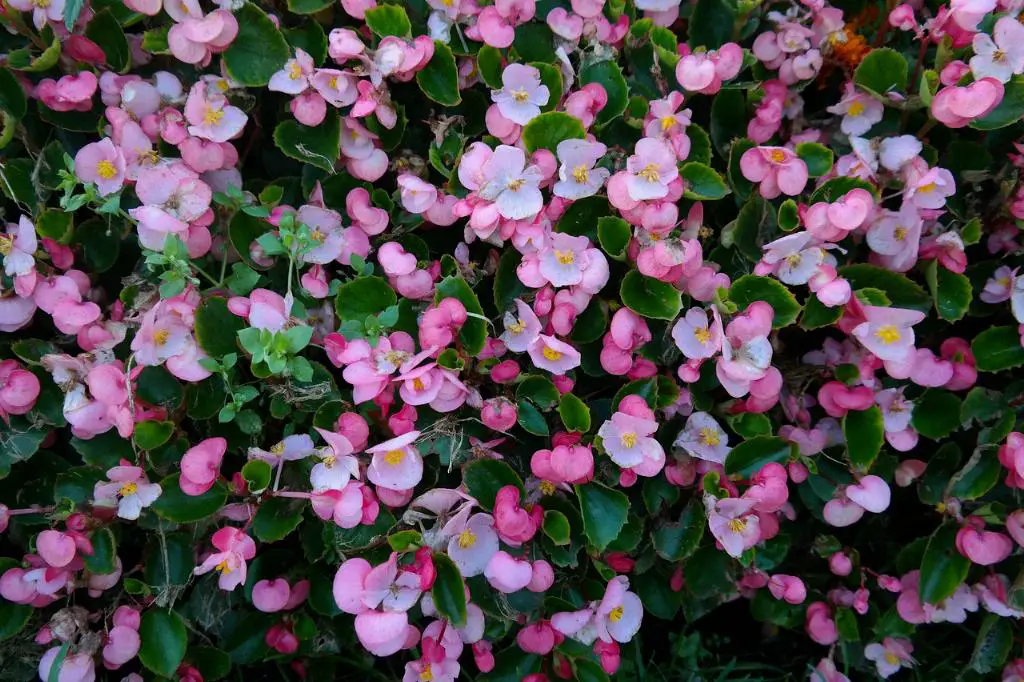When it comes to gardening, planting begonias in a pot can be a rewarding experience. These beautiful flowering plants can add a pop of color to any space, whether it’s indoors or outdoors. If you’re looking to enhance your gardening skills and bring some life to your home, here’s a detailed guide on how to plant begonias in a pot.
Choose the Right Pot
The first step in planting begonias is selecting the right pot. Opt for a container that has good drainage holes to prevent waterlogging, which can lead to root rot. A pot that is slightly larger than the plant’s root ball will provide ample room for growth.
Selecting the Soil
Next, choose a well-draining potting mix for your begonias. A combination of peat moss, perlite, and compost works well to provide the right balance of moisture and nutrients for the plants. Avoid using heavy soils that can compact and suffocate the roots.
Preparing the Plant
Before planting begonias in the pot, ensure that the plant is healthy and free from any pests or diseases. Gently remove the plant from its original container and loosen the root ball to encourage healthy root growth once transplanted.
Planting Process
Place a small amount of potting mix at the bottom of the pot, then position the begonia in the center. Fill the remaining space with soil, leaving a gap between the soil surface and the pot rim to prevent water overflow when watering.
Positioning and Lighting
Choose a location for your potted begonias that receives bright, indirect light. Avoid placing them in direct sunlight, as this can scorch the leaves. Adequate air circulation is also essential for the plants to thrive.
Watering Schedule
Water your begonias thoroughly after planting, ensuring that the soil is evenly moist but not waterlogged. During the growing season, water the plants when the top inch of soil feels dry to the touch. Adjust the watering frequency based on the plant’s needs.
Fertilizing Routine
Feed your begonias with a balanced liquid fertilizer once a month during the growing season to promote healthy growth and abundant blooms. Avoid over-fertilizing, as this can cause salt buildup in the soil.
Pruning and Deadheading
Regularly prune your begonias to encourage bushy growth and remove any dead or yellowing leaves. Deadhead faded flowers to stimulate new blooms and keep the plant looking neat and tidy.
Pest and Disease Management
Monitor your begonias for common pests such as aphids and spider mites. If any signs of infestation are noticed, treat the plants with natural insecticidal soap or neem oil. Additionally, keep an eye out for fungal diseases and maintain good air circulation to prevent issues.
Winter Care
As temperatures drop, move your potted begonias indoors to protect them from frost. Place the plants in a bright location away from drafts and reduce watering frequency during the dormant season. Resume normal care once the risk of frost has passed.
Enjoy the Beauty of Begonias
With proper care and attention, your potted begonias will reward you with vibrant blooms and lush foliage. Embrace the joy of gardening and take delight in the beauty that these charming plants bring to your home. Happy planting!

